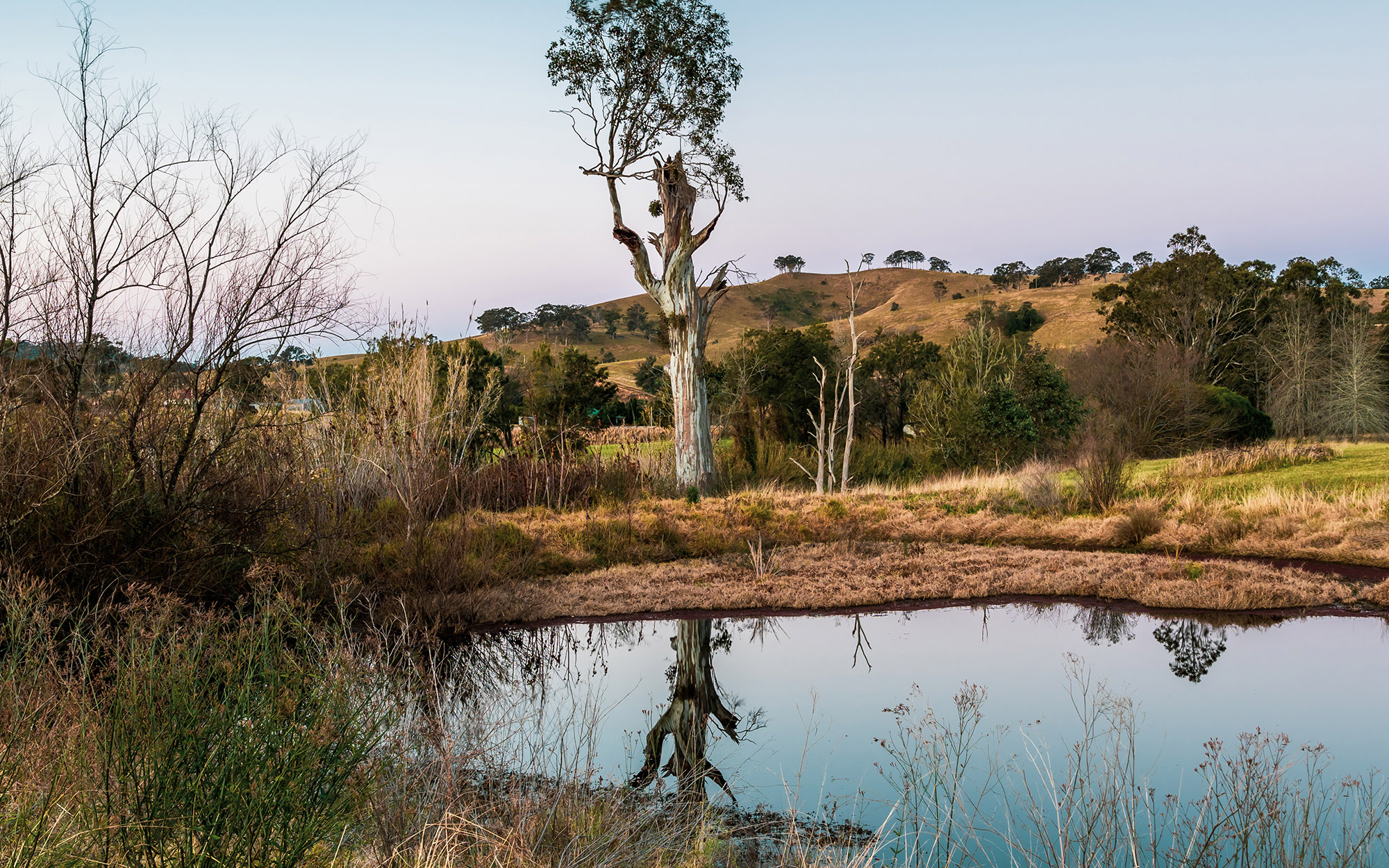What are basic landholder rights?
Most of the time, landholders need to hold a water access licence to take water. This applies for water taken either from a surface water source, like a river, creek or lake, or from a groundwater source.
This rule comes from the Water Management Act 2000. The Act also says that in some circumstances, landholders can take water without a licence. This includes water taken under one of three types of basic landholder right as follows:
- Domestic and stock rights
- Harvestable rights
- Native title rights.
What are basic landholder rights?
In NSW, you usually need to have a water licence to take water from a natural water body or from underground. But some landholders can also take water without a licence under three types of basic landholders rights.
What is a domestic and stock right?
Landholders on land which borders on a river, lake, or estuary, or which sits on top of a groundwater aquifer, have a basic landholder right called a domestic and stock right.
A landholder can be the lawful occupier, which includes a person with a lease, easement or Crown land licence. These landholders can take and use water for domestic consumption and stock watering.
- Domestic consumption means using water for drinking and basic household and garden purposes. It is for the personal use of landholders, not for commercial purposes. For example, landholders cannot use it to irrigate crops.
- Stock watering means the watering of stock animals being raised on the land. It does not include stock animals raised on an intensive commercial basis, that are housed or kept in feedlots or buildings for a substantial part of the time they are being raised.
Landholders don’t need to have a licence or water use approval for water taken under a domestic and stock right. But they will need a water supply work approval for a dam to store the water, or to install a bore to take it from a groundwater source.
Landholders may also need a controlled activity approval for works within 40 metres of a water body.
What are harvestable rights?
Under harvestable rights, landholders have the right to build a dam or dams, to capture some of the rainfall runoff from their property. The size and location of the dams which are allowed depend on the location of the landholding and the average annual rainfall runoff in that region. The maximum harvestable right dam capacity for a landholding is set as a proportion of the average annual rainfall runoff, and can be calculated using the Maximum harvestable rights calculator.
There are some restrictions on where harvestable rights dams can be located, and how the water captured in a harvestable rights dam can be used. It also cannot be supplied to another property.
If a dam is larger than allowed under the harvestable right, the landholder will need a licence for the additional water it holds, and an approval to build the dam. The landholder may also need a controlled activity approval for works within 40 metres of a water body.
What is a native title basic landholder right?
A person who holds native title for water has a basic landholder right to take and use water in the use of their native title rights. This could include taking water for:
- hunting, fishing, and gathering
- recreation, cultural and ceremonial purposes
- making traditional artefacts.
Native title holders don’t need a licence for the water. But like for other types of basic landholder right, they do need a water supply work approval for a dam to store the water, or to install a bore to take it from a groundwater source.
Who do basic landholder rights apply to?
Basic landholder rights apply across all water sources in NSW. For the purposes of basic landholder rights, landholders are the owners or lawful occupiers of land.
For the purposes of basic landholder rights, native title rights apply to anyone who holds native title with respect to water as determined under the Commonwealth Native Title Act 1993.
Read more about the three types of basic landholder rights in NSW.
